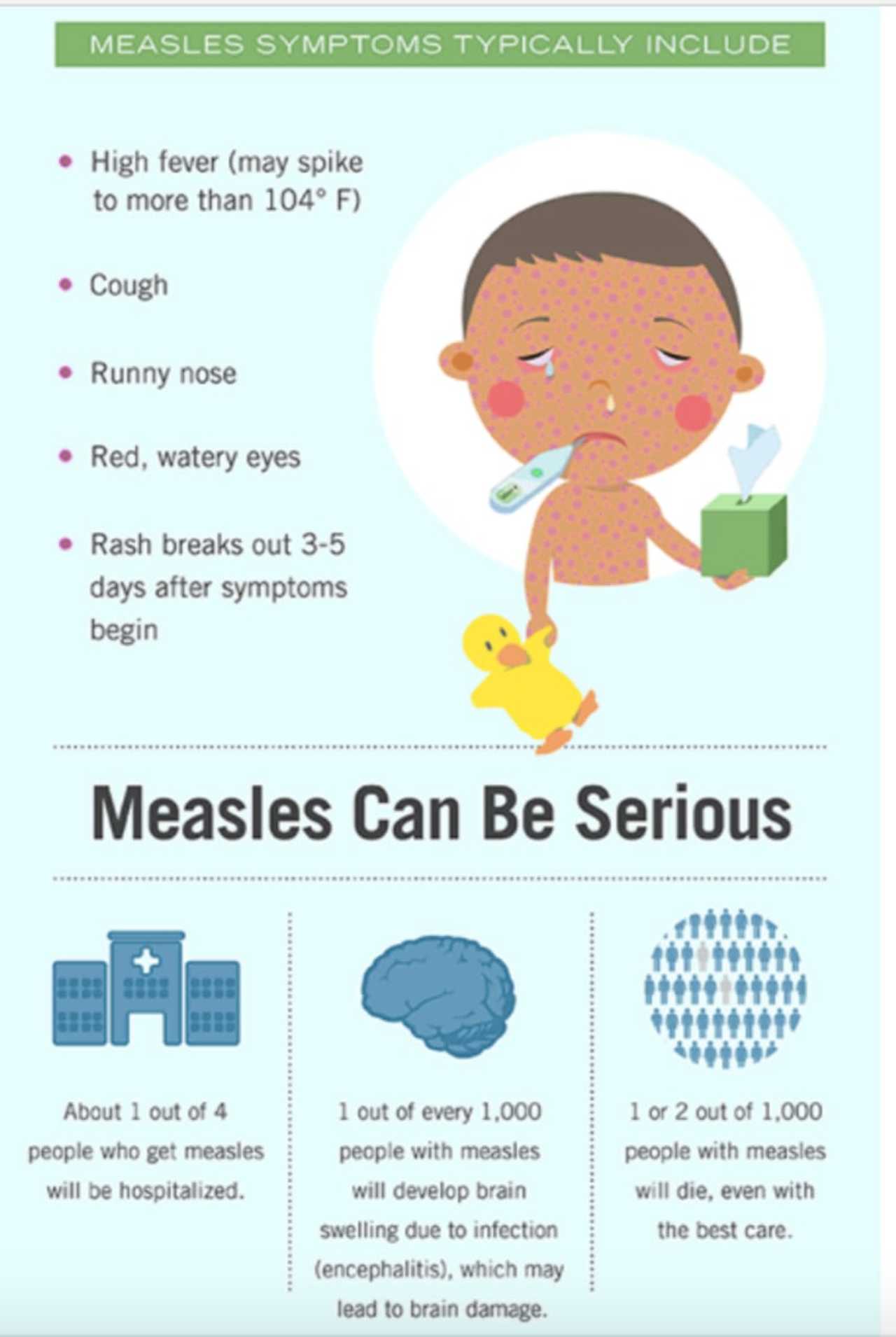Whooping cough, also known as pertussis, is a highly contagious respiratory disease that can cause serious health issues, particularly in infants and young children. This illness is characterized by severe coughing fits followed by a whooping sound when the person breathes in. Understanding the importance of vaccination against whooping cough is crucial to protect your family from this potentially life-threatening condition.
Vaccination plays a pivotal role in preventing the spread of whooping cough. With advancements in medical science, vaccines have been developed to safeguard individuals of all ages. Pregnant women, newborns, and adults alike should be aware of the benefits and recommendations surrounding these vaccines. In this article, we will explore everything you need to know about the whooping cough vaccine and its significance in maintaining public health.
Pregnancy and whooping cough immunisation are closely linked. Pregnant women should receive the pertussis vaccine during each pregnancy, ideally between 20 and 32 weeks gestation. This timing ensures maximum protection for both the mother and the unborn child. The primary symptom of whooping cough is a severe cough, often followed by a distinctive 'whooping' sound. By vaccinating during pregnancy, antibodies are transferred to the baby, providing early protection before they can receive their own vaccinations.
Understanding DTaP and Tdap Vaccines
There are two types of combination vaccines designed to protect against whooping cough: DTaP and Tdap. DTaP is administered to babies and children younger than seven years old. These vaccines not only protect against whooping cough but also include defenses against diphtheria and tetanus. The Centers for Disease Control and Prevention (CDC) recommends whooping cough vaccination for children, preteens, pregnant women, and adults.
The DTaP vaccine schedule involves multiple doses given at specific intervals throughout childhood. This ensures long-lasting immunity against the disease. On the other hand, Tdap serves as a booster shot for older children, adolescents, and adults. It is especially important for pregnant women to receive the Tdap vaccine during each pregnancy to protect newborns who are too young to be vaccinated themselves.
By adhering to the recommended vaccination schedule, individuals can significantly reduce their risk of contracting and spreading whooping cough. Ensuring that everyone in the family is up-to-date with their vaccinations helps create a protective barrier within communities, reducing outbreaks and protecting vulnerable populations.
UK's Routine Childhood Vaccination Schedule
In the United Kingdom, the whooping cough vaccine is integrated into the routine childhood vaccination schedule. Babies receive three doses of the vaccine at eight, twelve, and sixteen weeks of age. This early intervention is critical because infants are most susceptible to severe complications from whooping cough.
Beyond infancy, booster doses are necessary to maintain immunity levels as children grow. The UK’s comprehensive vaccination program aims to provide lifelong protection against whooping cough by ensuring that all age groups receive appropriate vaccinations. Public health campaigns emphasize the importance of following the vaccination schedule to prevent outbreaks and safeguard community health.
Parents play a vital role in protecting their children from whooping cough by staying informed about vaccination schedules and potential side effects. Healthcare providers are available to address any concerns and ensure that families have access to accurate information regarding the safety and efficacy of these vaccines.
Universal Recommendations For Whooping Cough Vaccination
The CDC advocates for whooping cough vaccines for people of all ages. Two types of combination vaccines offer protection against whooping cough: DTaP for younger children and Tdap for older individuals. Universal vaccination efforts aim to create herd immunity, reducing the overall incidence of whooping cough in populations.
For infants too young to be vaccinated, indirect protection through maternal vaccination and community-wide immunization becomes essential. Adults, particularly those in close contact with infants, should ensure they are up-to-date with their Tdap boosters. This proactive approach minimizes the risk of transmission and protects vulnerable members of society.
Ongoing research continues to enhance vaccine effectiveness and address emerging challenges related to whooping cough. Public awareness campaigns highlight the importance of regular vaccinations and encourage participation in national immunization programs. By prioritizing vaccination, individuals contribute to global health initiatives aimed at eradicating preventable diseases like whooping cough.
Historical Perspective Of Pertussis Vaccination
The history of whooping cough vaccination dates back to 1914 when the first pertussis vaccine was licensed in the United States. Over the decades, significant advancements have been made in vaccine development, leading to improved formulations with enhanced safety profiles. By 1948, the combined diphtheria, tetanus, and pertussis vaccine became widely available in the U.S., marking a major milestone in public health.
Early vaccines faced challenges related to side effects, prompting researchers to refine formulations and develop more tolerable options. Modern vaccines strike a balance between efficacy and safety, ensuring broad acceptance among the general population. Historical data demonstrates the impact of widespread vaccination on reducing whooping cough cases and improving public health outcomes.
As scientific understanding evolves, new innovations continue to emerge in the field of pertussis vaccination. Researchers remain committed to developing even safer and more effective vaccines, addressing gaps in current immunization strategies and adapting to changing epidemiological trends.
Evaluating Vaccine Safety And Efficacy
The whole-cell pertussis vaccine historically caused rare but notable side effects, including local inflammation and fever. Advances in vaccine technology led to the creation of acellular vaccines, which minimize adverse reactions while maintaining high levels of protection. Ongoing studies assess the long-term effects of these vaccines, ensuring their continued safety and efficacy.
Scientific journals such as Nature publish groundbreaking research on vaccine development, shedding light on the mechanisms behind immune responses and identifying areas for improvement. Collaboration between researchers, healthcare professionals, and regulatory agencies ensures that vaccines meet rigorous standards before reaching the public.
A recent study conducted at Tulane University highlights promising results from a new nasal whooping cough vaccine. This innovative approach shows potential in preventing infection and transmission of the disease in mice, paving the way for future human trials. Such developments underscore the dynamic nature of vaccine research and its potential to revolutionize prevention strategies against whooping cough.

